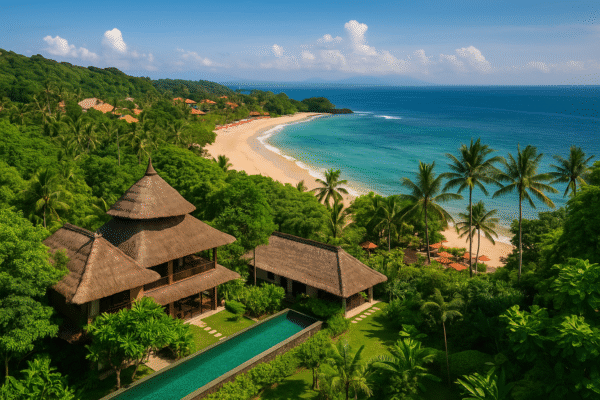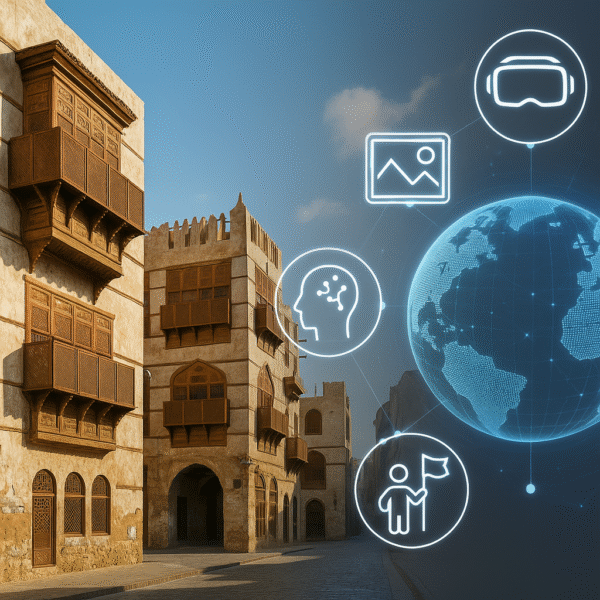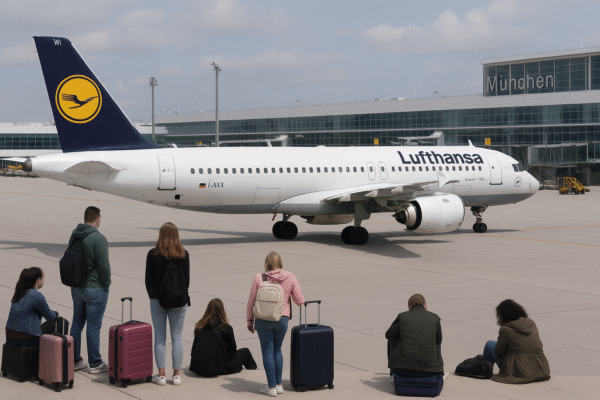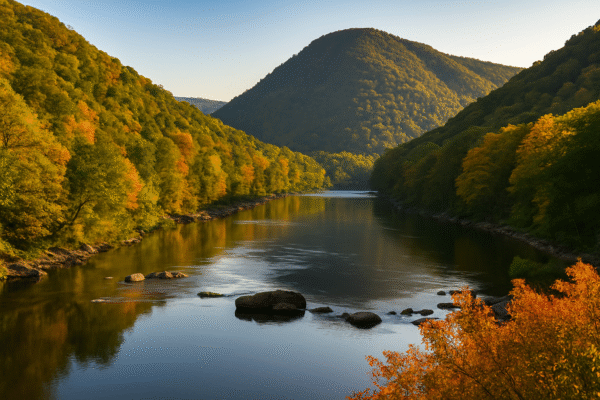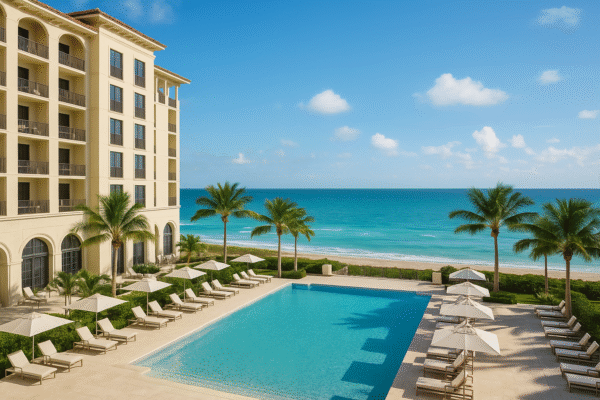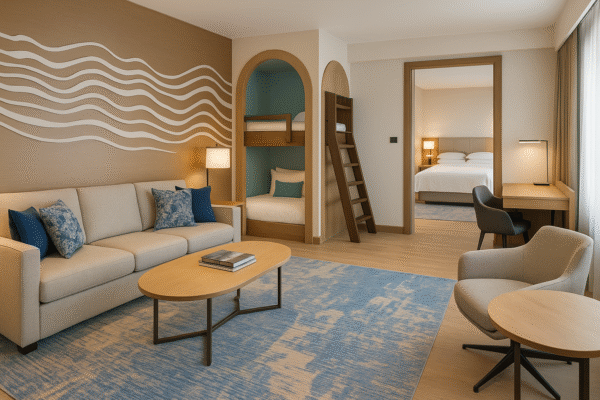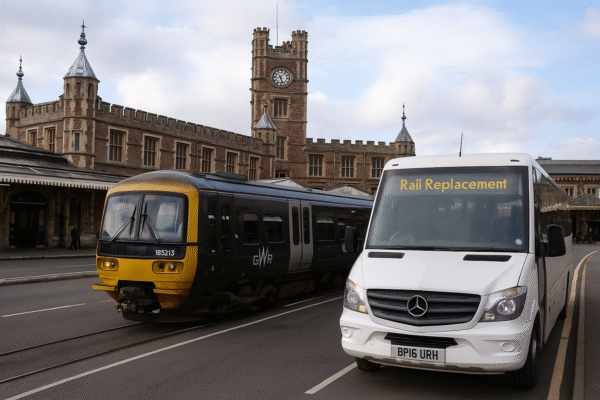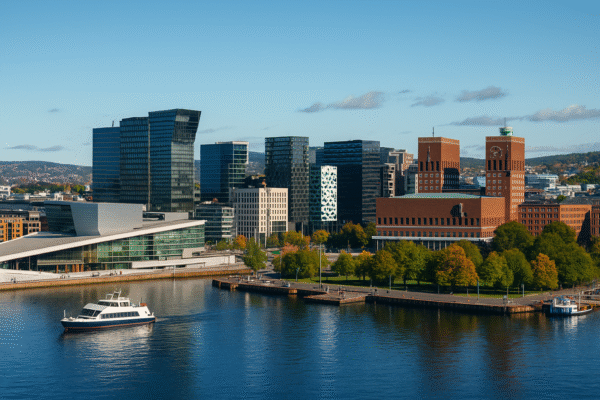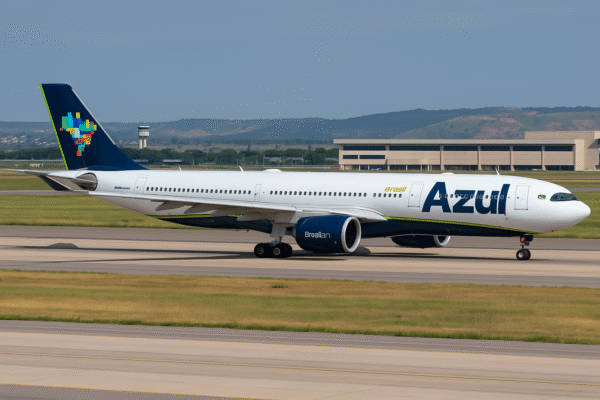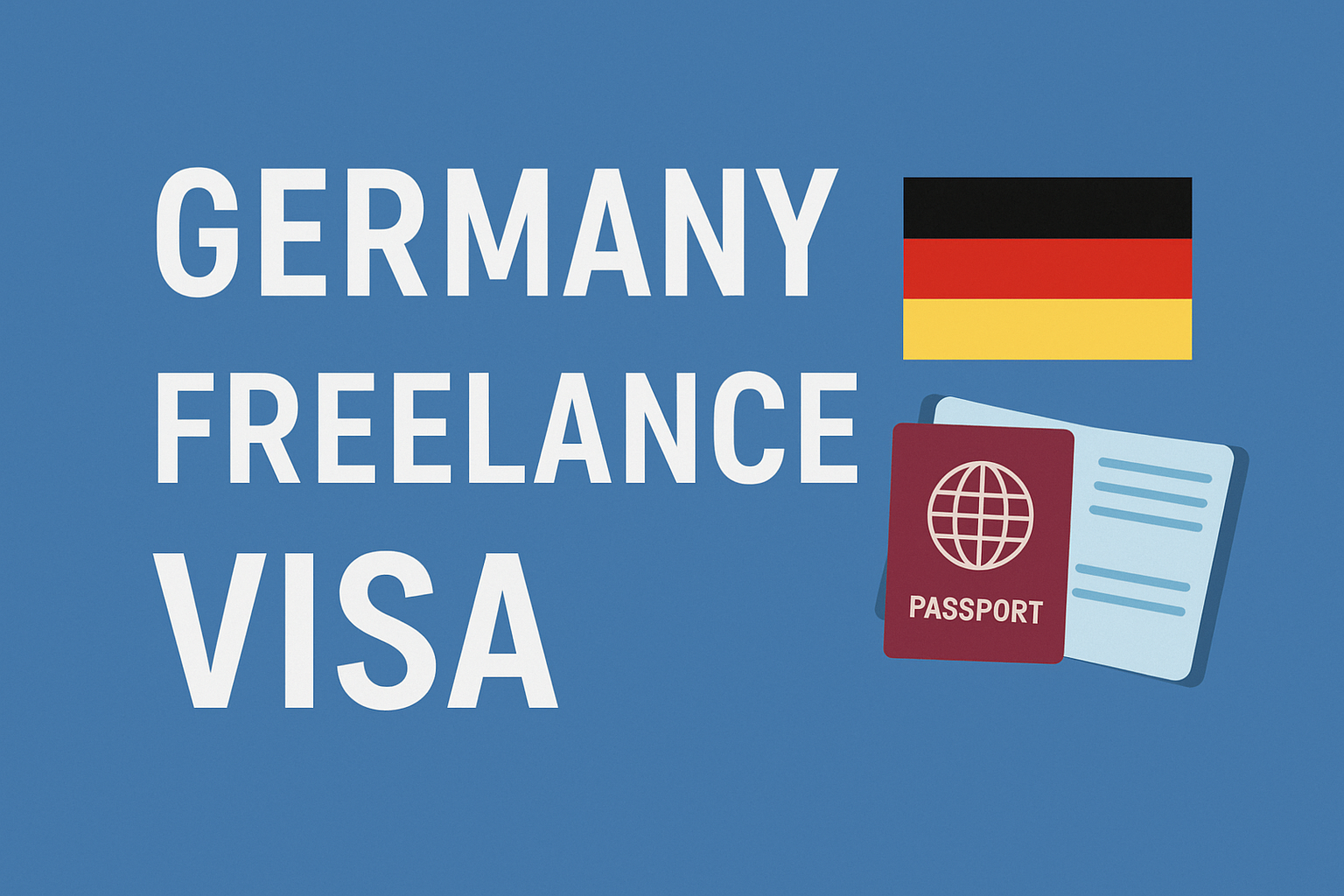Oslo, the capital of Norway, is fast becoming one of Europe’s most attractive destinations for both innovation enthusiasts and global travelers. According to the 2025 IMD Smart City Index, Oslo ranks as the second smartest city in the world, surpassed only by Zurich, Switzerland. This recognition highlights the city’s visionary urban planning, commitment to sustainability, and seamless blend of modern technology with its stunning natural and cultural offerings.
As a cosmopolitan hub with a population of over 700,000, Oslo has cultivated a reputation for smart living, clean energy integration, and green spaces—all while preserving its cultural heritage. With this accolade, the city affirms its place on the global map not only as a smart city pioneer but also as a top-tier tourism destination for eco-conscious and experience-driven travelers.
A City Where Nature Meets Innovation
Unlike many European capitals, Oslo offers easy access to vast wilderness. The Oslomarka forest, a protected natural area just minutes from downtown, offers locals and tourists a range of outdoor experiences including hiking, skiing, and wildlife spotting. From moose and beavers to lynx and roe deer, the proximity of nature makes Oslo unique among smart cities.
In addition to its natural beauty, Oslo prioritizes sustainable infrastructure. The city has aggressively pursued electric mobility, with over 60% of new car sales being electric vehicles. Public transport runs on renewable energy, cycling lanes stretch across the city, and waste management systems are digitally optimized.
According to Norway’s official tourism board, Visit Norway, Oslo aims to be the world’s first fully emissions-free city by 2030—a goal that underscores its pioneering spirit.
Cultural Riches and Modern Museums
Oslo is a treasure trove for culture lovers. The National Museum of Norway, which opened in 2022, is now the largest art museum in the Nordics and includes the famed painting The Scream by Edvard Munch. Visitors can also explore the new MUNCH Museum, a sleek, sustainable building dedicated to the iconic artist’s legacy.
Slated to open in 2027, the Museum of the Viking Age will offer an immersive deep dive into Norway’s seafaring history, with one of the world’s best-preserved Viking ship collections. This upcoming attraction is expected to elevate Oslo’s global historical profile even further.
Adding to its cultural prestige, Oslo is the home of the Nobel Peace Prize, awarded annually at Oslo City Hall. The Nobel Peace Centre invites tourists to explore exhibits dedicated to global peace efforts and Nobel Laureates, connecting Oslo’s modern identity with its humanitarian roots.
Smart City Status Boosts Global Appeal
The IMD Smart City Index 2025 assesses how citizens perceive the use of technology in their cities across areas such as mobility, healthcare, education, governance, and sustainability. Oslo’s second-place ranking reflects not only its infrastructure but also the quality of life enjoyed by residents and visitors.
Smart innovations include mobile apps for public services, AI-driven traffic monitoring, and integrated systems for tourism navigation and event booking. These tools make it easier for travelers to explore the city, understand local customs, and enjoy immersive experiences without hassle.
Urban Waterfront Transformation and Leisure
Oslo’s waterfront has undergone a major transformation in recent years, creating a lively pedestrian zone filled with restaurants, cultural centers, and public art installations. The Oslo Fjord, accessible via scenic ferry rides, offers panoramic views of the city’s modern skyline and tranquil islands.
The Sommerro Hotel, housed in a landmark Art Deco building, offers travelers luxury accommodations with easy access to the harbor, shopping districts, and the city’s cultural hotspots. Oslo’s reputation for high living costs is mitigated by its commitment to quality, with everything from local seafood to boutique coffee roasters offering a memorable experience.
Green Parks and Outdoor Living
For outdoor enthusiasts, Frogner Park—home to the famous Vigeland Sculpture Park—offers a relaxing green space where art and nature blend seamlessly. Families, joggers, and picnickers gather here year-round, while in the winter months, nearby hills and forests become snowy playgrounds for cross-country skiing and sledding.
Summer in Oslo is particularly vibrant, with long daylight hours allowing for extended outdoor activities. Locals embrace the friluftsliv lifestyle, which translates roughly to “open-air living,” and prioritize time spent in nature, a value that visitors are encouraged to adopt.
Culinary Excellence with a Nordic Touch
Oslo’s dining scene reflects its cultural openness and commitment to sustainability. From Michelin-starred restaurants like Maaemo—one of the world’s few organic-focused fine dining venues—to cozy cafés serving locally sourced produce, the city caters to all tastes.
Tourists will find a surprising range of vegetarian, vegan, and gluten-free options, and food festivals such as Matstreif celebrate Norway’s culinary heritage with modern flair.
A Model for Global Travel Futures
Oslo’s smart city success is not only a win for residents but also a signal to travelers around the globe: cities can be sustainable, innovative, and culturally rich all at once. With its unique mix of digital transformation, green policies, and Nordic hospitality, Oslo is setting a new benchmark for urban tourism in the 21st century.
Whether you’re exploring the vibrant waterfront, hiking through forest trails, admiring Viking artifacts, or enjoying an electric ferry ride across the fjord, Oslo delivers an experience that’s both forward-thinking and deeply connected to nature and history.
For more travel news like this, keep reading Global Travel Wire

